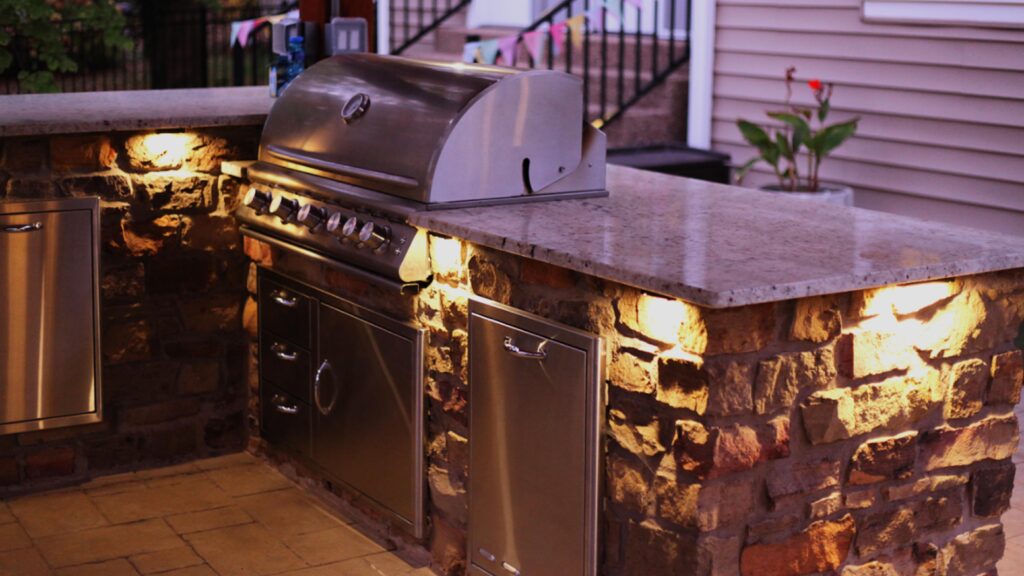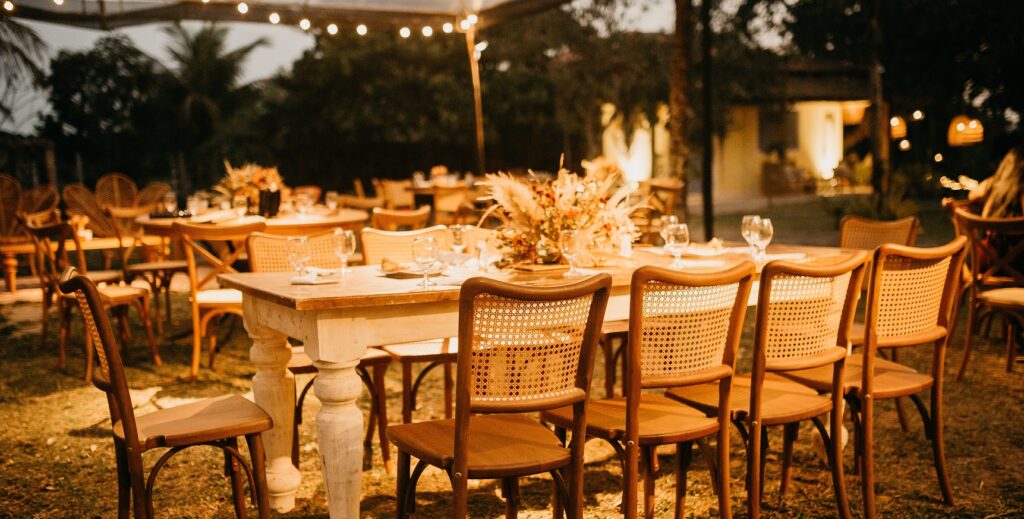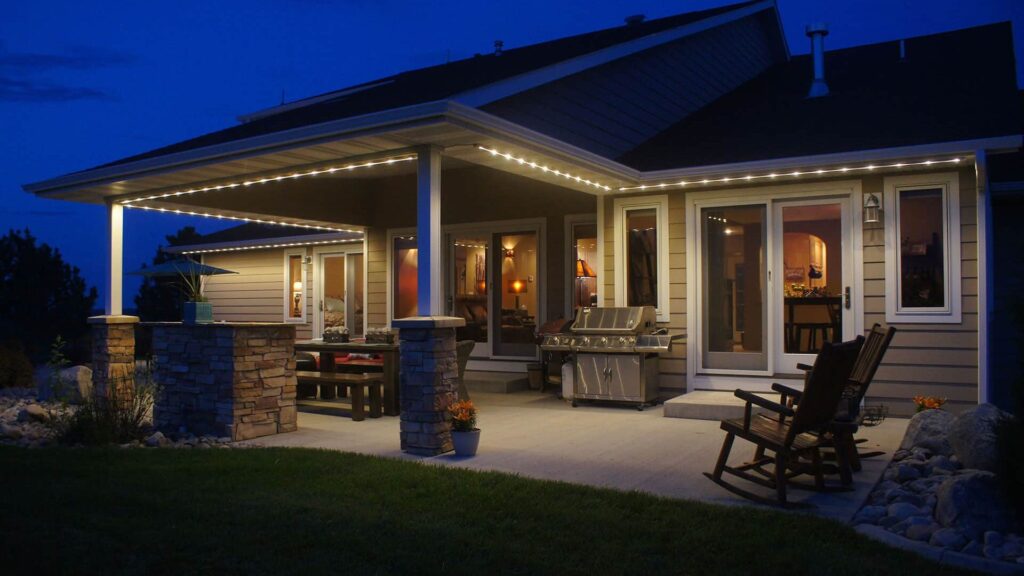Light pollution happens when light we don’t really need negatively affects the natural darkness of the environment. All living things have natural cycles, and many of these cycles are connected to the normal patterns of light and darkness that occur. Excessive and intrusive artificial light can disrupt these patterns and have a range of adverse effects on the environment, human health, and astronomical observations.
What is light pollution?
There are several types of light pollution:
- Skyglow: Brightening of the night sky, caused by artificial light particles scattered in the atmosphere. Skyglow is what light pollution really is, and it’s causing a dramatic decrease in the visibility of stars. The other types of light pollution listed below all add to skyglow.
- Glare: Excessive brightness from a light source which causes visual discomfort and reduces visibility. This is the most limited type of light pollution and one of the easiest to fix.
- Light trespass: Unwanted or intrusive light that spills over into areas where it is not needed or intended. It can affect neighboring properties, disrupt wildlife, and just be annoying. Having the right fixtures installed at correct angles can solve many light trespass issues.
- Light clutter: Excessive grouping of bright, confusing, or conflicting light sources, such as an excessive number of signs, billboards, and uncontrolled lighting. Typically more of a problem in commercial areas.
For homeowners, good outdoor lighting design can help prevent glare and light trespass issues. And in the bigger picture, preventing these “smaller” light pollution issues is one way we can help reduce skyglow. But why should you even worry about light pollution? Well, not being able to see the stars is a pretty big deal, even if it’s just you and the kids finding the Big Dipper on a lazy Saturday evening.
Beyond that, light pollution has a range of negative consequences.
Negative effects of light pollution
Astronomical Interference: Less star visibility makes outdoor dining less romantic. More importantly, it interferes with astronomical observations and research.
Disrupted Ecosystems: Artificial light at night can disrupt natural behaviors and ecosystems. Many animals rely on the natural darkness of the night for navigation, feeding, and mating.
Energy Waste: Light pollution results in unnecessary energy consumption, leading to higher energy bills and increased carbon emissions.
Health Issues: There’s a reason sleep experts recommend blackout curtains. Exposure to artificial light at night can disrupt circadian rhythms, potentially leading to sleep disturbances, stress, and other health problems.
Reduced Quality of Life: Light pollution can detract from the quality of life in urban and suburban areas, where it interferes with the ability to enjoy the night environment and connect with the natural world.
Organizations like DarkSky International work to raise awareness and advocate for responsible outdoor lighting practices to minimize light pollution. Good outdoor lighting can play a significant role in mitigating light pollution in your own neighborhood.
Practical ways outdoor lighting can help combat light pollution
Obviously, we need light to function, including artificial lights. But we don’t have to unscrew all the lightbulbs to combat light pollution. Instead, we need to be strategic and smart about the outdoor lighting we use. Good news: good outdoor lighting design will naturally help combat light pollution. The principles of good lighting design include using the best fixture for each need, installing fixtures at the correct angle to bring light to the correct area, using energy-efficient bulbs, keeping lights on a timer, and so on. These principles overlap with the recommendations to help reduce light pollution.
Here are 5 practical ways to improve the outdoor lighting system for your home or business:
- Timers and motion sensors
Don’t keep the lights on when no one needs them. This is rule #1 for helping to reduce light pollution. And it’s easy to implement this rule by making sure your outdoor lighting system has timers and motion sensors. Use these tools to automate when outdoor lights are on and ensure they’re used when needed.
- Proper fixture placement
Start with the right type of fixture for the job to reduce light trespass from one area to another, even within your own property. Careful consideration of where outdoor lighting fixtures are placed and how they’re angled can also help minimize light pollution.
- Energy-efficient LED bulbs
LED bulbs are more efficient and consume less energy, which is a win all by itself. As DarkSky recommends, “Switching to LED lighting allows for reduced illuminance without compromising visibility.” However, it’s important to use LEDs on a warm wavelength, as explained below.
- Warm wavelength lighting
We love LEDs, but the cold blue light wavelength is a poor choice. Not only is it harsh and unnatural, it’s also a major contributor to light pollution. Fortunately, you don’t have to choose between energy-efficient bulbs and warm lighting. Choosing lighting with specific color temperatures (Kelvin ratings) that are warmer (e.g., 2700K to 3000K) to help reduce the disruptive effects of blue-rich light on the night environment. Plus, it looks a lot better. See more information on outdoor lighting color temperature.
- Correct intensity for lighting
This one makes obvious sense: the brighter, or more intense, a beam of light is, the more it can contribute to light pollution. Setting the correct intensity for each lighting fixture in your outdoor system ensures that the light is only as bright as necessary to serve its purpose, minimizing light pollution and glare.
We’re here to help: get in touch for a professional quote to improve your outdoor lighting system so you’re not only helping to reduce light pollution, but also creating a warm, welcoming, and safe environment for your home or business.




